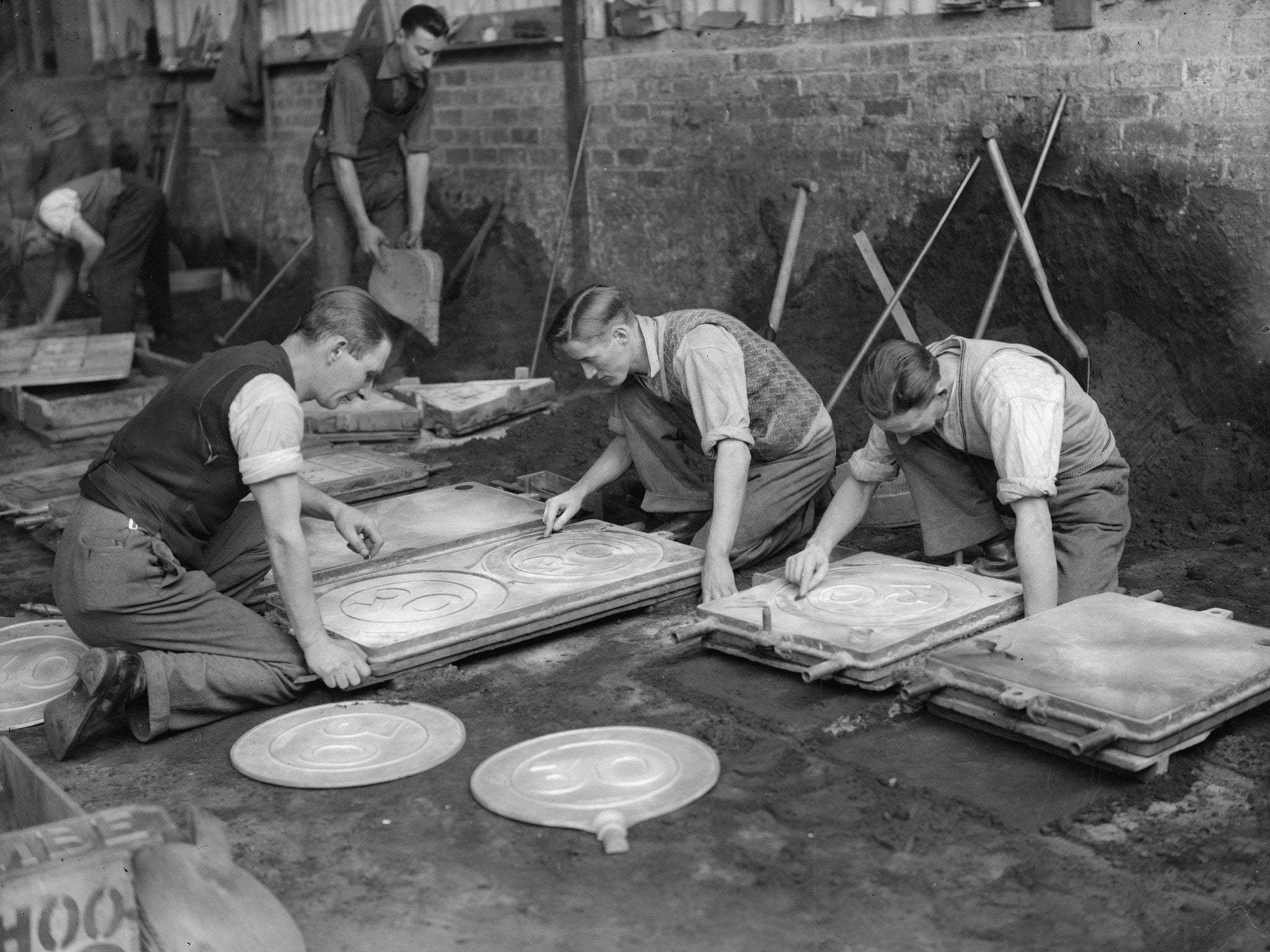The 30mph speed limit sign: Rhodri Marsden's Interesting Objects No.104
Leslie Hore-Belisha introduced the 1934 Road Traffic Act, which wrote the 30mph limit into law

This week in 1935 saw the introduction of 30mph speed limit signs in built-up areas across the UK. Motorists weren't happy about this, or indeed about any of the measures introduced by Leslie Hore-Belisha, the Liberal minister for transport in Ramsay MacDonald's National Government. The driving test, the belisha beacon, the rewritten Highway Code – these were all innovations seen by many drivers as indulging "pampered pedestrians" and completely unnecessary.
Hore-Belisha disagreed. Previous speed limits for cars had been abolished on 1 January 1931, partly because no one paid any attention to them, partly because motoring organisations had had great success in disputing evidence of speeding in court. But this led to a huge spike in fatalities; 1934 saw 7,343 pedestrian deaths, the biggest tally ever recorded in the UK. Hore-Belisha described this as "mass murder" and started a pedestrian-safety campaign.
Not everyone saw the point. "Why such concern over 7,000 road deaths a year?" boomed Tory MP John Moore-Brabazon. "More than 6,000 people commit suicide every year and nobody makes a fuss about that." Hore-Belisha ignored Moore- Brabazon's attempt at logical thinking and introduced the 1934 Road Traffic Act, which wrote the 30mph limit into law.
Notices appeared in local newspapers advising that "pleas of ignorance on the part of drivers cannot be reasonably entertained", and warning of unmarked police vehicles that would pursue any car overtaking them at speed.
This warning was effective – although some continued to make their displeasure felt through direct action. "A boy angler, fishing in a muddy pond at Swanwick, Hants," reads one news report from March 1935, "brought out eight 30mph signs which had been removed from their supports in various parts of the county." But the sign endured, and it's still the most common speed-limit sign in the UK.
Subscribe to Independent Premium to bookmark this article
Want to bookmark your favourite articles and stories to read or reference later? Start your Independent Premium subscription today.

Join our commenting forum
Join thought-provoking conversations, follow other Independent readers and see their replies